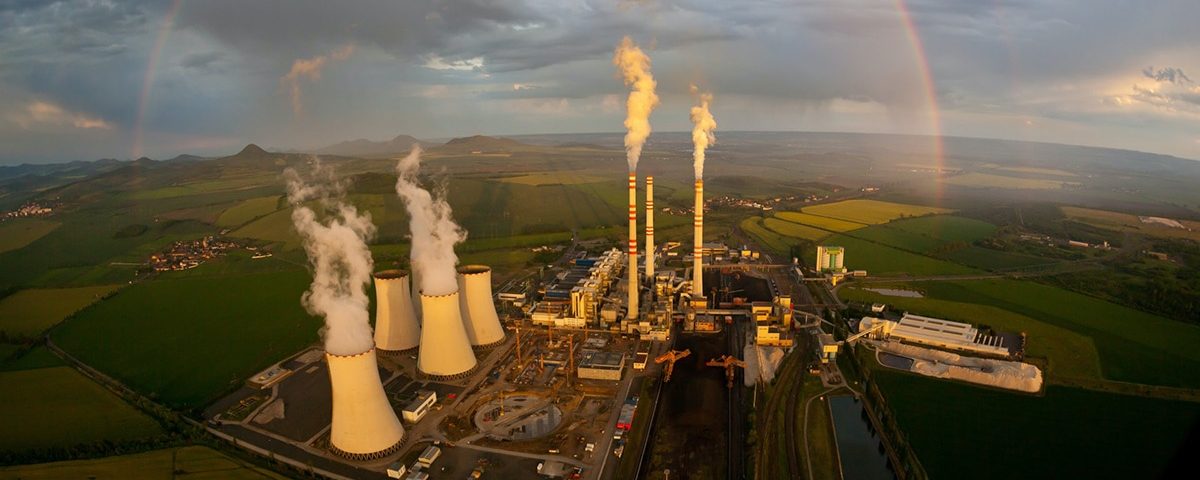
Businesses, governments, and society as a whole are moving towards a common goal: to reduce our impact on the environment. Little by little, we have learned the importance of adopting more conscious and responsible habits and respecting our planet.
The first step to complying with the Paris Agreement, not exceeding 1.5 degrees Celsius by the end of the century, is to reduce CO2 emissions released into the atmosphere. In order to reduce them, we must measure them. Only if we know how much we release and how can we create more sustainable goals and strategies.
Greenhouse Gas (GHG) Emissions
Quantifying our carbon footprint or GHG emissions is not easy, but it’s not impossible, either. The first thing to keep in mind is that emissions are measured in equivalent tons of CO2. What does that mean? It means that these tons also include the carbon dioxide (CO2) equivalent of other greenhouse gases that we release into the atmosphere, such as methane (CH4) and nitrous oxide (N2O).
When measuring our carbon footprint, we have to do two main steps: identifying our energy consumption and applying conversion factors that translate them into tons of CO2 equivalent.
This process, with all its challenges and difficulties, can be done at the corporate level or individually. The next challenge will be to reduce energy consumption and related emissions in order to reduce the pressure we put on the planet and align ourselves with the universal goal of achieving neutrality by 2050.
Measurements in the business world
When calculating a company’s carbon footprint, what has to be taken into account is that not all emissions have the same characteristics. The Greenhouse Gas Protocol, the most widely used international tool for calculating and reporting the emissions inventory, classifies them into three broad groups: Scope 1, Scope 2, and Scope 3.
- The first encompasses the company’s direct emissions. That is, those that come from the use of fossil fuels by vehicles or fixed sources (such as boilers). Diffuse emissions are also included, which come from fermentation or anaerobic processes (such as the generation of methane in landfills).
- Scope 2 encompasses emissions associated with the generation of purchased electricity, which is produced on the producer’s premises but can be attributed to its activity. These can be brought down to zero when the electricity comes from renewable sources.
- The latter is a sort of catch-all for the third-party emissions resulting from the company’s activity. This includes but is not limited to emissions associated with the supply chain, investments, and even the use of the products sold. Reducing the impact of Scope 3-related activities is very difficult but also very important. In doing so, other actors (such as suppliers, investors, or customers) are also encouraged to take more sustainable measures and reduce their own emissions.
Once a clear classification is obtained, one of the first challenges that companies face when calculating their carbon footprint is to identify the information you need to perform the calculation. At the very least, what fuels are consumed, how much, in what activities, and in what physical or digital media all information is stored must be identified in order to apply the conversion factors and obtain the equivalent tons of CO2.
And at home: how to measure my own carbon footprint?
If we want to measure our own carbon footprint, we simply have to copy the actions that companies take, but on a smaller scale. And on a personal level.
The first step is identifying our energy consumption. The most significant part is what we do to air-condition and light our homes and then to get around (both in the day to day and for leisure).
The second is determining our energy consumption. The easiest way to do this is to take a look at our bills. How much am I spending on electricity or gas to air-condition and light my home? And to get around in my day-to-day life?
The last step is to apply conversion factors. This may seem like the most complicated part, but it is actually quite simple: just consult the information offered by the GHG or specialized agencies in each country (such as the Spanish Climate Change Office). Another option is to use online calculators, which give approximate information about our carbon footprint for free.
Housing and transportation would amount to Scope 1 and Scope 2, as outlined by the GHG protocol. Scope 3 may include emissions associated with everything we buy, such as clothing, food, or tech devices. Calculating these emissions is difficult, but reducing them is extremely important. Just as in the business world, by consuming responsibly, we are encouraging other agents like producers and carriers to opt for sustainability, as well.
Smart decisions
Companies must integrate their climate strategies into the company’s strategy. They must not only set ambitious goals to reduce their emissions but also fulfill their commitments.
It’s in our hands to align ourselves as well as our surroundings with international goals, thus spurring change among our customers, users, and supply chain. Only when companies, individuals, and public institutions work together to reduce our emissions can we trust that we can achieve the environmental objectives set out in the Paris Agreement.





There are no comments yet